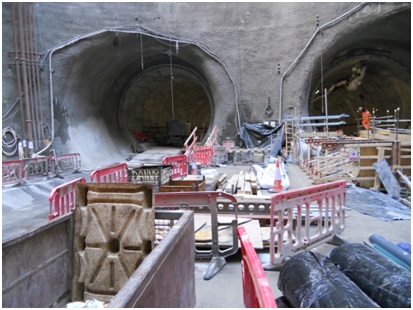Maximizing co-benefits through smart planning
While the core purpose of the project was to address flooding related to an over-utilized combined sewage system, the neighbourhood of Augustenborg was also in a state of socioeconomic decline prior to the urban regeneration project. Thus, the generation of socio-economic benefits became central to the project’s goals, such as improving the livability and aesthetics of the neighborhood, alongside biodiversity objectives. Furthermore, the project is part of a larger regeneration initiative within the neighbourhood of Augustenborg, which is also nested within ambitious sustainability plans for the City of Malmö. More specifically, the ‘Eco-city Augustenborg’ initiative aimed to transform Augustenborg into a socially, ecologically, and economically sustainable settlement. Ultimately, the work has represented a significant transformation of the neighborhood, and has become emblematic of a more pervasive shift towards sustainability. It has also resulted in the development of several businesses in the area of water innovation. Media coverage and public relations value are viewed as being additional benefs to the city and its residents.
Forward thinking during the inception and planning phases drew attention to the range of benefits which could potentially be fostered. It was key to first identify these benefits, then engage with local residents, planners, engineers, decision-makers and other stakeholders to develop an integrated approach to ensure their delivery. Ultimately, the SuDS was designed to provide amenity and recreation values to local residents, while also delivering on the primary objective of flood prevention.
Integrating stakeholders into the planning process drew attention to potential foregone recreational uses which would have resulted from the planned measures (i.e. large open fields which were previously used for sports were to be used for retention ponds). These aspects were taken into account following public consultation and ultimately resulted in the creation of new spaces for communal activities and recreation, rather than removing them. The consultation process also resulted in a local innovator designing part of the system and developing a growth business in water innovation, which has since spawned other businesses as well. Furthermore, by providing these added values, the SuDS system wound up ultimately being more cost efficient than a traditional grey infrastructure approach. By regenerating the neighborhood, however, a potential undesired side effect was the increase in property values – which may serve to exclude lower income groups from being able to afford the raised cost
